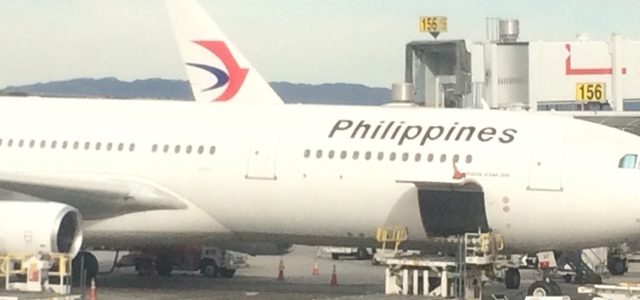
International Flight Injury: What Are the Levels of Liability Under the Montreal Convention?
Yesterday we started out discussion on help for international airline injury cases, today we continue to help answer your questions. Click here to read part 1 of this blog post on our Airport Injury Lawyer blog.
WHAT ARE THE LEVELS OF LIABILITY UNDER THE MONTREAL CONVENTION?
Once jurisdiction under the Montreal Convention is proven, then there is a two-tier system for recovery of compensation.
After the airline passenger’s death or injury claim is found to fall within the scope of Article 17 of the Montreal Convention, the path diverges depending on the damages claimed. For viable Convention claims, the international airline is automatically responsible for proven damages up to 113,100 Special Drawing Rights (SDR), which amounts to approximately $170,000 in US dollars. This amount was raised in 2009 from the original Convention limits of 100,000 SDR.
The international airline can avoid legal liability under this Treaty. The airline can be relieved from responsibility up to damages of 113,100 SDR by proving that the injured passenger was negligent in causing his or her own injuries or that they intended to cause themselves harm. Psychic injury or purely psychological harms (i.e., emotional distress, fright, shock, PTSD, etc.) not tied to any physical injury (or discernible change in the anatomy) are generally not recoverable.
Of course there are often exceptions to legal rules. There are cases where an injured international passenger’s damages exceed 113,100 SDR.
To avoid paying an injured party more than 113,100 SDR, an airline has the burden of proving that either:
1. the international passenger’s accident was not caused by the airline’s own negligence; or
2. the international passenger’s accident was caused solely by the negligence of a third party (i.e., another passenger, an employee of the airport in the terminal or contractor whose business was unrelated to the flight).
Unlike most personal injury and negligence cases, the burden of proof under the Montreal Convention generally falls on the international airline. In nearly every other kind of accidental injury case, it is the injured victim who must prove the case. This is often referred to in non-Convention cases as “the Plaintiff’s burden of proof.”
WHAT IS THE TIME LIMIT FOR A MONTREAL CONVENTION CLAIM?
The Montreal Convention has a 2-year time limit within which to bring a claim. This is shorter than the time limit in states where attorney Doug Landau has helped injured passengers, such as Florida and the District of Columbia, but the same as Virginia for most personal injury cases. Because these cases are filed in the Federal Courts, and the U.S. District Court for the Eastern District of Virginia in Alexandria is known as the “Rocket Docket” because cases get to trial so quickly, DC-area international air injury cases often conclude very quickly.
The above synopsis of the Montreal Convention is by no means exhaustive. There are exceptions applicable in injury cases that require consultation with an experienced airline accident lawyer so that important rights are not lost or time-barred. If you, or someone you care for, has been injured during an international flight, please call (703-796-9555) or email us at once. The air injury team at ABRAMS LANDAU, Ltd. has helped victims of airplane crashes, airline fatalities, injuries on the ground between flights and other accidents at international, local and private airports. Montreal Convention cases fall under an international treaty that many personal injury lawyers are not familiar with and the special rules of the Federal Courts make it a dangerous undertaking for many personal injury lawyers, and especially general practitioners. Click here to read about an actual case our law team helped win for an injured passenger on an international flight.
